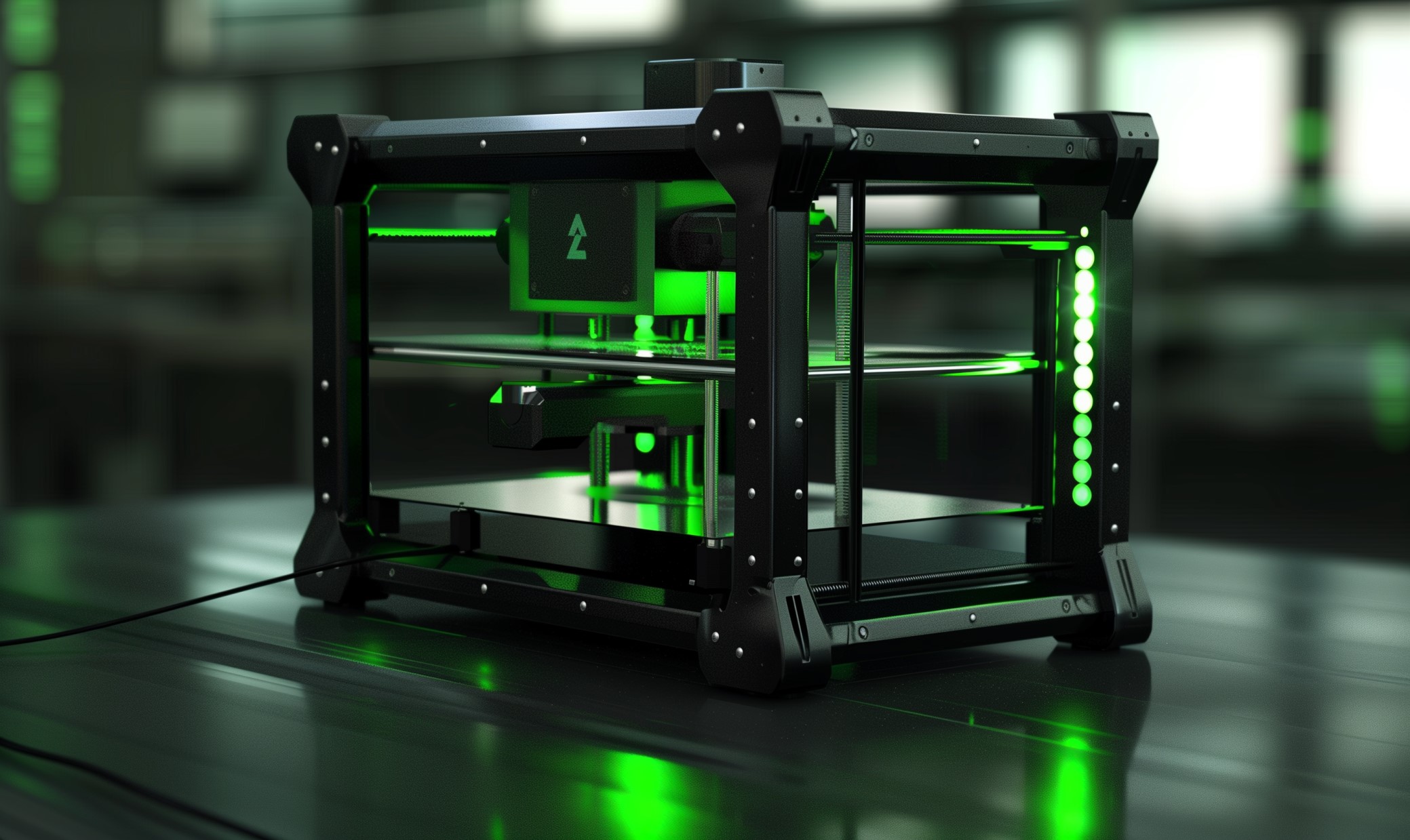Are you interested in the impact of technology in health care?
Technology affects various aspects of people’s lives, even if they don’t immediately realize it. Similarly, tech advances move entire industries forward. Here’s a look at the impact of technology in health care.
It Empowers People to Avoid Health-Related Catastrophes
Rushing to the emergency room to receive urgent care is traumatic for the people in need and their loved ones. The technology aims to prevent that situation. For example, researchers at the Massachusetts Institute of Technology (MIT) developed a system that uses artificial intelligence (AI) to “see” through walls and track a person’s movements. The setup also measures things like their heartbeat and respiration.
The goal is for doctors to remotely monitor patients who have movement disorders or are at risk of falling. Then, they can make adjustments to medications and keep an eye on patients in non-intrusive ways. That allows people to live independently while also avoiding some medical emergencies.
Some new technologies are only available in hospitals rather than homes. However, they can analyze lab results, medical images or other patient information to reach diagnoses faster.
That enables patients to begin the correct interventions sooner. Evidence suggests that AI can provide better treatments, too. For example, it can recommend the best drug combinations for a person’s condition.
Between the improvements in remote monitoring and the options to make correct diagnoses faster, technology helps prevent the uncertainty and mistakes that can be life-threatening. Plus, it can help people take control of their health.
If a person has a health wearable and notices an unusual reading, they can quickly alert their doctors and get the matter checked out.
It Offers New Ways to Create the Things Patients Need
3D printing is another impressive tech-related innovation in health care. Practitioners can depend on 3D printing to create artificial organs from patients’ cells, lowering the risk of tissue rejection to almost nothing.
This advancement also lets patients avoid the stress of being on donor lists and finding out that something about an available organ makes it unacceptable for transplant purposes.
Many of the 3D-printing methods for organs are not ready for widespread use. But, the options seem both promising and fascinating.
Another improvement that shows the impact of technology in health care concerns 3D-printed artificial limbs. They’re cheaper than traditional options and are usually much faster to manufacture.
Another perk of prosthetics made this way is that they don’t always require experts to fit the patient. In some countries, the number of individuals trained for that task far outnumbers the people who need prostheses.
The limbs created with 3D printing are not necessarily high-tech, but they’re well-suited to people who need them quickly or kids who may mistreat more expensive options.
It Helps Health Care Workers Make More-Informed Decisions
Even the most experienced health care employees sometimes make incorrect choices that negatively impact patient care. However, some health facilities use big data to avoid these outcomes. Challenges exist with that application, though. For example, some people have privacy concerns about how parties use their information.
Or, health care facilities may have difficulty hiring enough data scientists to meet their needs, since the available pool is already small. But, researchers have also identified opportunities to use big data in health care. Digging into data could help practitioners figure out which risk factors make a person most likely to get readmitted to a hospital after discharge, for example.
The Stanford University School of Medicine also recently hosted an event that linked big data to precision medicine. Several hundred attendees gathered to discuss how things like sensors could collect data from individual patients that physicians use to treat them.
Before big data was so accessible, doctors solely used experience and education to guide their choices. They’ll still rely on those things, but big data enables them to learn things about people that they might otherwise miss.
It Lets People Access Health Care Remotely
If people live in rural areas, they may experience exceptional obstacles with getting health care. Difficulties can also arise if individuals have physical disabilities or mental health struggles that make it difficult or impossible for them to leave their homes. Telemedicine is a rapidly emerging technology that’s often covered by medical insurance.
Though some challenges do come with incorporating additional technologies, telemedicine allows patients to receive medical care by communicating with providers through secure smartphone app video streams. Physicians can write prescriptions and order lab tests without seeing unwell individuals in person. Some doctors argue that telemedicine is not ideal for every ailment, and it’s true that some diagnoses require in-person assessments.
But, in cases where a person wants relief from something like bronchitis or pink eye, those are ailments that many doctors treat through telemedicine. Patients then could get seen by doctors in minutes. They don’t have to drive to a physician’s office and sit in a waiting room where they encounter germs from other sick people or expose them to theirs.
The Impact of Technology in Health Care Is Substantial
These examples profile the impact of technology in health care and show that the opportunities for further progress are virtually endless. The advancements help patients and providers alike.
Recent Stories
Follow Us On
Get the latest tech stories and news in seconds!
Sign up for our newsletter below to receive updates about technology trends














